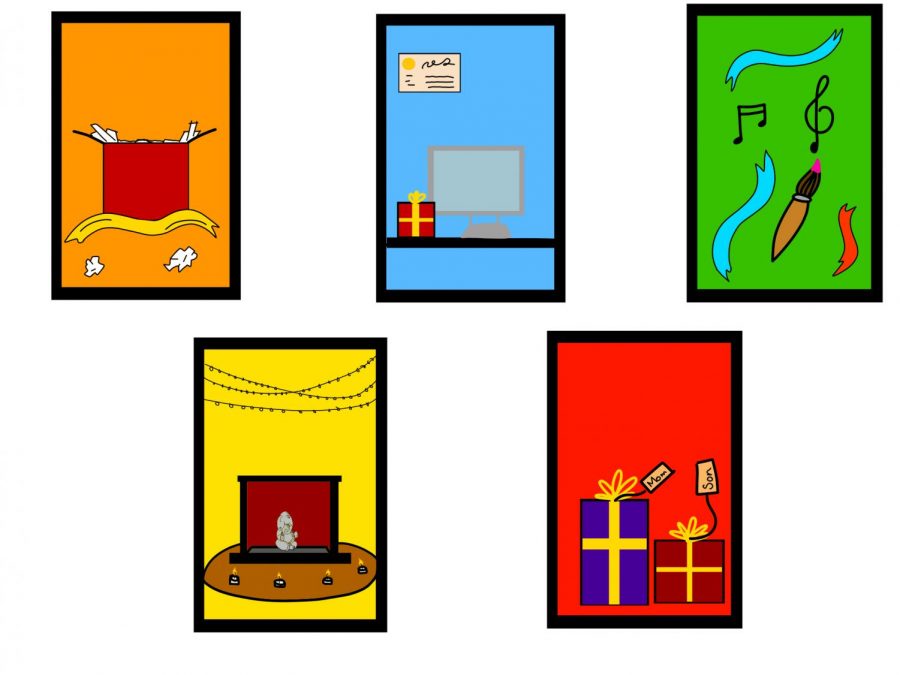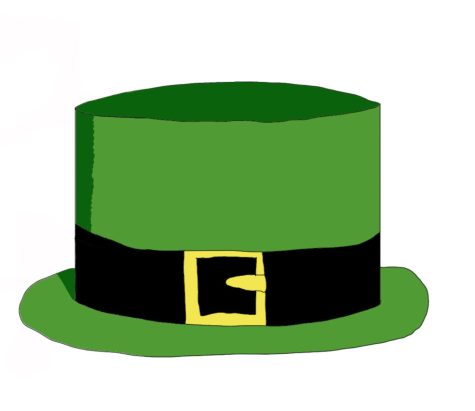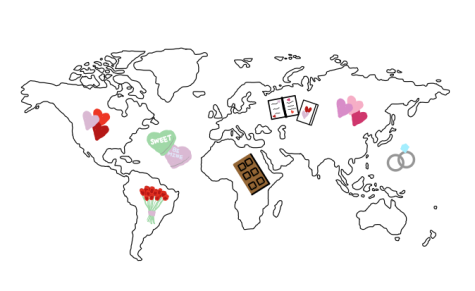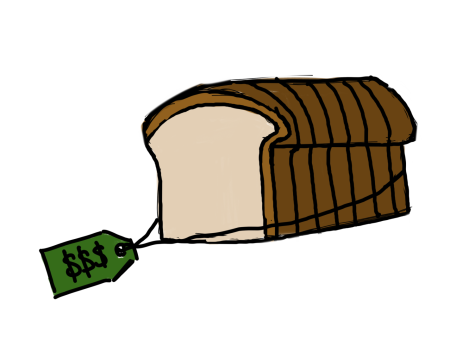Pancha Ganpati: Hindu alternative to Christmas
India’s population is estimated to be approximately 1.3 billion people, with Delhi and Mumbai having populations of over 10 million each. The three most widely spoken languages in India are Hindi (with over 528 million native speakers), English (with 125 million speakers) and Bengali (with 97 million speakers). Clothing is also a crucial factor in fully comprehending their cultural and religious beliefs. Indian culture is known for its diversity. For cultural events and traditions, each state has its own set of dress. In southern India, for example, the color white is considered auspicious, although it is only worn at funerals in other regions of the nation. Furthermore, India cannot be discussed without mentioning its cuisine. Indian cuisine is flavorful, nutritious, and contains just the right amount of spices. While each dish varies by region with over 31 cultural cuisines, the typical Indian dish contains around seven different ingredients and an infinite variety of fresh spices, each bringing its unique flavor to the table.
India’s rich and lively festivals celebrate over 24 events each year, showcasing the country’s distinct heritage and culture. In India, festivals are centered on Lords’ birthdays, traditional myths, seasonal changes and relationships, among other things. Festivals are celebrated throughout the country, regardless of religion or caste, bringing people together and forging strong bonds of humanity.
When it comes to festivities, one of the most popular in December is Pancha Ganpati, which is celebrated around Christmas. In 1985, Satguru Sivaya Subramuniyaswami, the founder of Hinduism Today magazine, introduced Pancha Ganpati: a five-day gift-giving festival that offers Hindu families, particularly in the west. It is a meaningful way to participate in the holiday season without compromising their values during the time of year when Christmas is widely celebrated. Although the festival falls during the Christmas season, Hindus celebrate Pancha Ganpati in a uniquely Hindu manner. Instead of using Christmas trees, Santa Claus or other religious symbols, Hindus use greeting cards with Indian designs and content that convey Hindu wisdom and scripture. Christmas carols are replaced by Hindu music. The house is decked with pine boughs, bamboo, palm fronds, or banana leaves because Ganesha, a Hindu deity, is pictured as originating from the forest. Durva grass, sugarcane, lime garlands and traditional delicacies are used to decorate the house shrine. Adding flashing lights, oil lamps and colorful hanging ornaments is common. The sweets prepared for the day are handed to the children after each puja, or divine worship.
“It’s intriguing because there are so many different decorations,” said sophomore Bridget Martin. “I believe it’s a good way to bring people together by enabling them to enjoy Christmas in their own unique way. I’d be interested in celebrating Christmas in this way since it would allow me to understand more about different cultures.”
“This is a new holiday for me, and I had no idea Hindu families celebrate such a holiday,” said theology teacher Mr. Patrick McGarry. “It is a unique festival, in my opinion, because it is a fascinating and all-encompassing festival. It makes me think of Yom Kippur. I enjoy the notion of it being spread out over a week rather than just one or two days like Christmas, so you can devote more attention to it. I’d be interested in celebrating in this manner because I enjoy focusing on each day and dedicating each day to a specific topic. It entails more spiritual and personal development, which Christmas does but to a lesser extent.”
The major purpose of this event is to have a feast and share gifts with relatives, friends and family in a fashion that is more Hindu than Christmas. In the home’s main living room, a shrine is built and adorned in the spirit of the celebration. A big wooden or bronze statue of Lord Panchamukha (“five-faced”) Ganpati, a version of Ganesha, is put in the center. Each morning, the Lord is dressed in the color of the day, which represents one of his five energy rays. Every day, a tray of sweets, fruits and incense is made and offered to Lord Ganpati by the children, if possible. In the worship of Him, chants and songs are chanted. Following the worship, everyone shares a variety of treats. Each day, the youngsters are given colorfully wrapped gifts, which they set in front of Pancha Ganpati to be opened on the fifth day. Every day, one of Lord Ganapati’s five faces is worshipped.
To summarize, Pancha Ganpati, like Christmas, is an Indian festival based on the same concept but with slightly different means of celebrating without compromising one’s values. This demonstrates that, as the community prepares for the holiday season, it is critical to learn about and comprehend various festivals or events held around the world, which in reality is extremely similar in terms of the overall concept of each holiday.
Your donation will support the student journalists of Saint Viator High School. Your contribution will allow us to purchase equipment and cover our annual website hosting costs.








